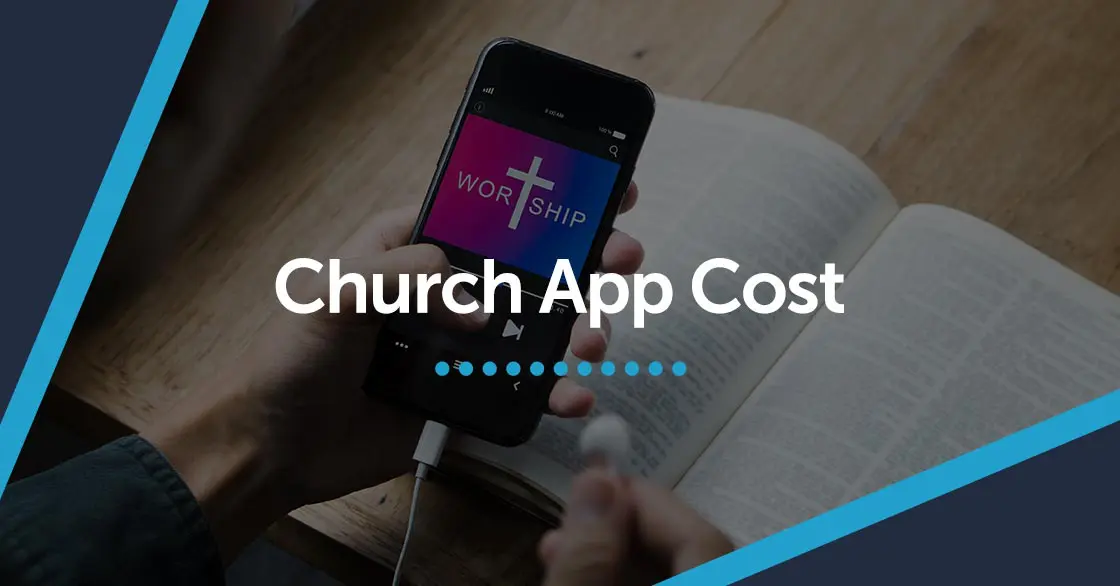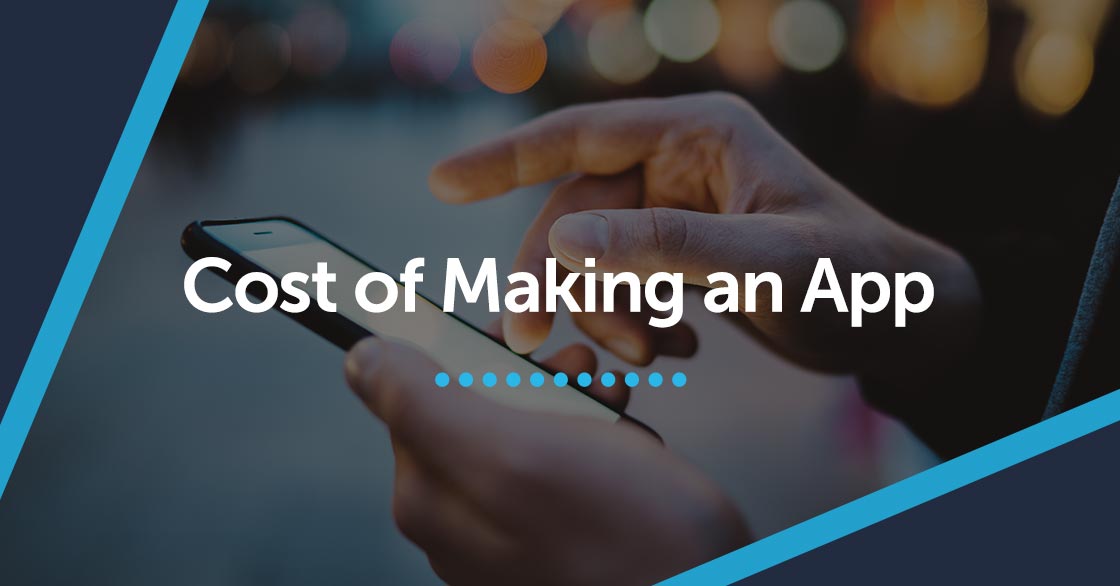The way we work is changing rapidly, and with it, the tools we use to do our jobs. One of the most exciting developments in recent years is the rise of workforce apps – mobile applications designed specifically for the needs of the modern workforce.
In this blog post, we will explore what workforce apps are, how they can benefit your organization and some examples of popular workforce apps.
What are workforce apps?
Workforce apps are mobile applications that provide employees with access to the tools and information they need to perform their jobs. These apps are designed to be user-friendly and easy to use, and they can be used on a variety of devices, including smartphones, tablets, and laptops.
The main goal of workforce apps is to improve communication and collaboration within an organization, streamline workflows, and enhance productivity. They typically provide features such as messaging tools, document sharing, scheduling, task management, and time tracking.
Benefits of using workforce apps
There are several benefits to using workforce apps in your organization. Here are just a few:
- Increased productivity: Workforce apps can help employees be more productive by providing them with easy access to the information and tools they need to do their jobs.
- Improved communication: Workforce apps can help to improve communication within an organization by providing employees with messaging tools and other collaboration features.
- Better collaboration: Workforce apps can help to improve collaboration between employees by providing them with document sharing and task management tools.
- Enhanced transparency: Workforce apps can help to improve transparency within an organization by providing employees with real-time access to important information such as schedules and project updates.
Examples of popular workforce apps
There are many workforce apps available on the market today, and the right one for your organization will depend on your specific needs. Here are a few popular examples:
Slack: Slack is a messaging app designed for teams. It provides features such as messaging, file sharing, and task management.
Trello: Trello is a task management app that allows teams to organize and prioritize tasks in a visual way.
Asana: Asana is a project management app that provides features such as task management, team collaboration, and project tracking.
Zoom: Zoom is a video conferencing app that allows teams to communicate and collaborate remotely.
How to create a workforce app?
Creating a workforce app can be a complex process, but here are some general steps you can follow to create a workforce app:
- Identify your business needs: Identify what your workforce app needs to accomplish. Consider the specific goals you want to achieve, the features you want to include, and the technology you need to use.
- Choose a development platform: You’ll need to choose a platform to develop your app. Native apps are generally faster and more reliable but require separate development for iOS and Android. Hybrid apps can work on multiple platforms, but may not offer the same level of performance.
- Design your app: Work with a UX/UI designer to create a design that’s intuitive and easy to use. The design should match your brand and incorporate the features you need to include.
- Develop the app: Once you have your design, it’s time to start developing your app. You’ll need to write the code for the app and test it to make sure it works properly.
- Test the app: Test your app extensively to make sure it works on all devices and platforms. Have users test the app and give feedback so you can improve it.
- Launch the app: When your app is ready, it’s time to launch it. Make sure you have a marketing plan in place to promote your app and encourage people to download it.
- Maintain and update the app: After launching the app, you’ll need to maintain and update it regularly to make sure it stays up-to-date and continues to meet the needs of your workforce.
Creating a workforce app requires careful planning, design, and development. By following these general steps, you can create an app that helps your workforce be more productive and engaged. However, it’s important to note that the specifics of each stage may vary depending on the needs of your organization and the technology you choose to use.
Are workforce and employee apps the same?
While there is some overlap between workforce apps and employee apps, they are not necessarily the same thing.
A workforce app is a mobile application designed to provide tools and information to an organization’s entire workforce, including employees, contractors, and freelancers. Workforce apps typically include features such as messaging tools, document sharing, scheduling, task management, and time tracking.
On the other hand, an employee app is a mobile application designed specifically for employees. These apps may provide features such as time and attendance tracking, benefits information, HR policies and procedures, and communication tools for employee feedback and recognition.
In other words, a workforce app is a broader tool that encompasses all workers in an organization, while an employee app is more focused specifically on the needs of employees. However, the terms are sometimes used interchangeably, and some apps may include both workforce and employee-focused features.
Conclusion on workforce apps
In conclusion, workforce apps are a powerful tool for organizations looking to improve communication, collaboration, and productivity. By providing employees with easy access to the information and tools they need, workforce apps can help to streamline workflows and enhance the overall work experience. If you’re interested in using workforce apps in your organization, there are many great options to choose from, and it’s worth exploring to see which one works best for you.



